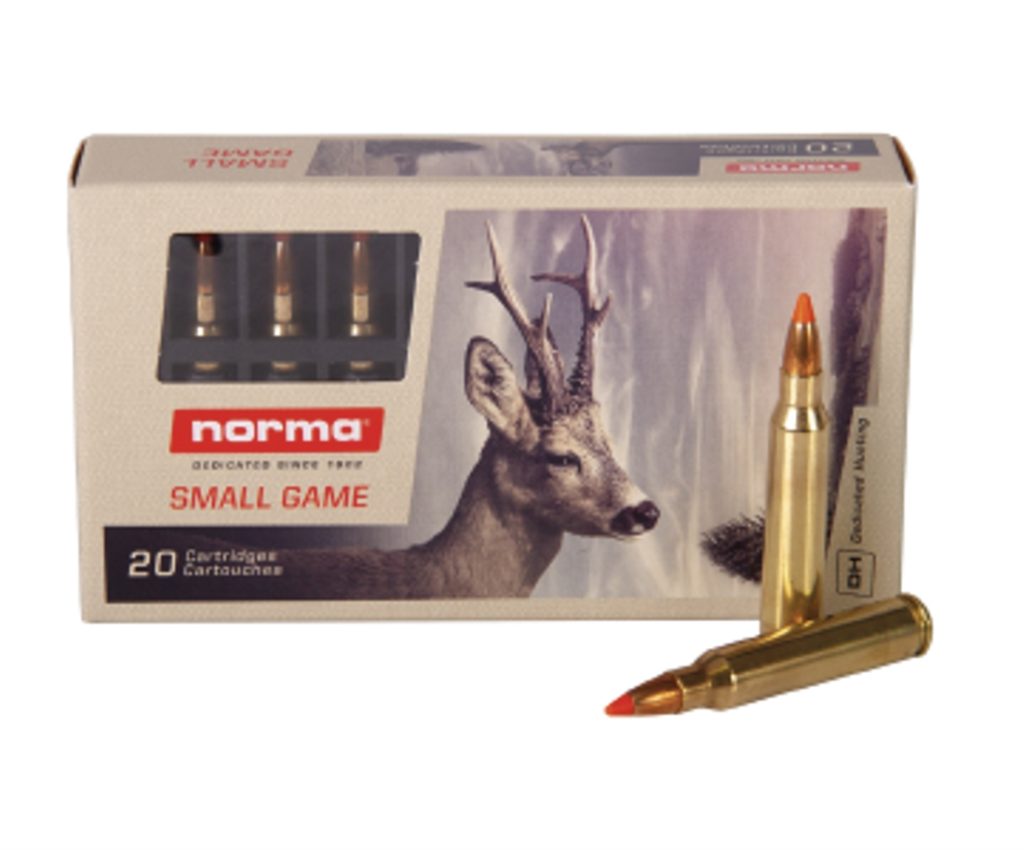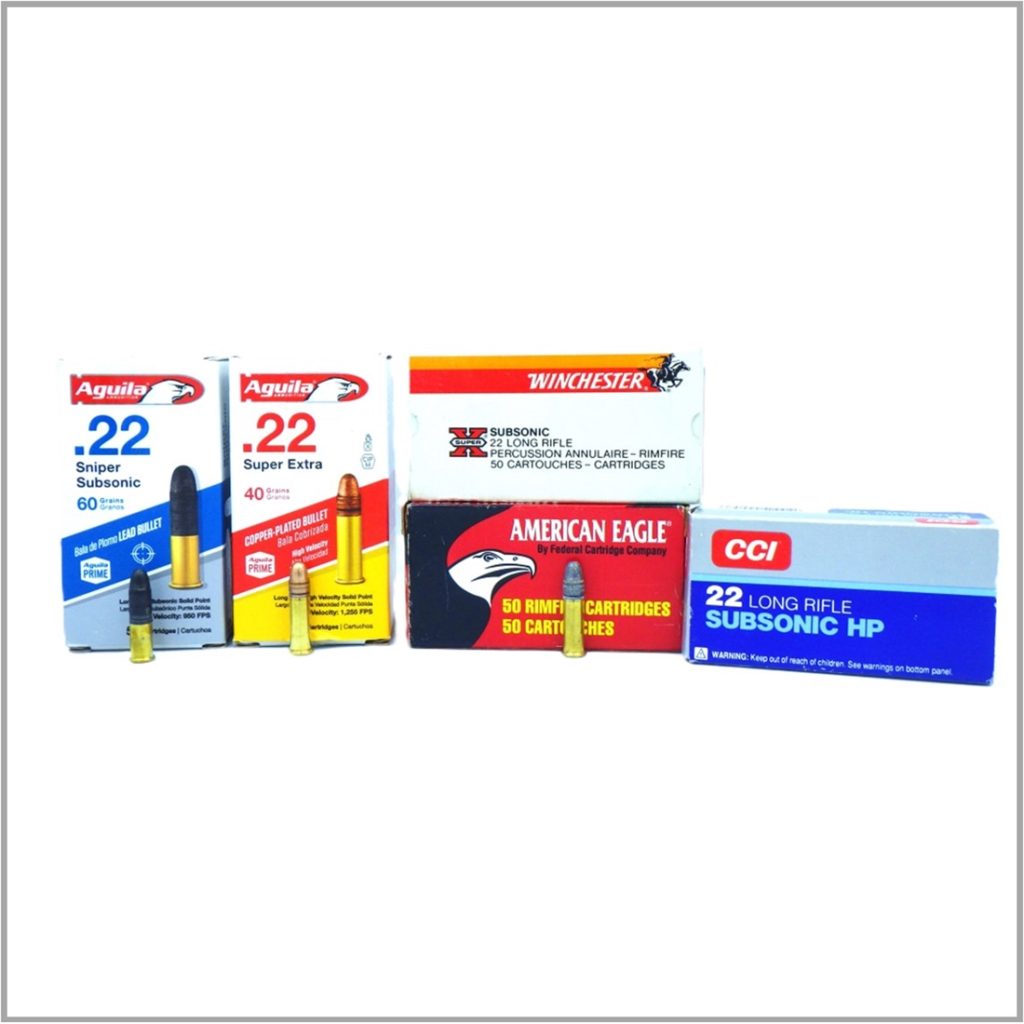Choose your calibre
Ryan Charlton looks at calibre choice and the myriad options when it comes to competition types and home loading
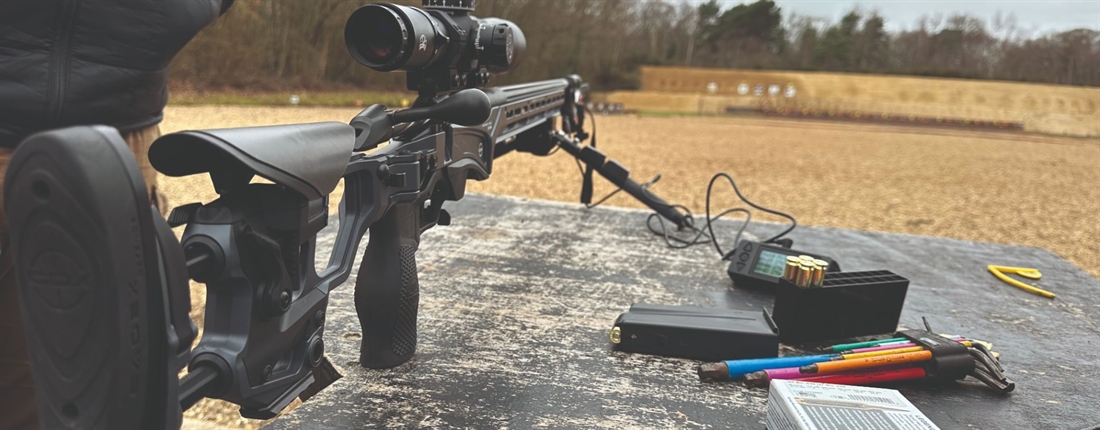
One of the biggest choices any shooter will have to make is that of which calibre to use. With so many people having their favourites, it’s always a minefield! At the very bleeding edge of competitive shooting, calibre choice may offer a slight advantage, but the cold hard truth is that for 99% of precision rifle shooters, the Indian will make a bigger difference than the arrow! One thing I’ll always encourage people to do is to keep an open mind and be flexible in their approach to precision rifle shooting, which is why I avoid talking in absolutes. Hopefully, the following advice will help some of you make a more informed decision.
In precision rifle competition, there is just one classification that restricts the choice: the Limited/Tactical Class, which restricts the shooters to either .308 or .223. At the International Precision Rifle Federation World Championships, Limited Class shooters have factory ammunition provided for them to keep the playing field as level as possible. Particularly in the UK, something to consider is bullet signature or ‘splash’ as it’s commonly known. This is how much disturbance the bullet causes when it lands either on the target or in the ground. Obviously, the larger, heavier .308 bullets provide a bigger splash, but this comes at the cost of increased recoil. As with everything, compromises need to be made.
The next consideration is whether you home load your own ammunition. If you do, the entire range of bullets that suit your rifle are available to you. As bullets are stabilised by spin, the rate of twist in your rifle barrel will dictate the length, and therefore weight, of bullet it can shoot. Twist rate is measured over how many inches it takes a bullet to complete one revolution and is typically expressed with numbers. For example, 1:8 means the bullet will complete one revolution in eight inches, although most target rifles will have a faster twist rate to handle heavier/longer bullets which fly more efficiently.
Handloading is a separate topic for another day. For the sake of brevity, an important thing to consider is the availability of your chosen components to guarantee consistency. As you progress further down the competitive shooting rabbit hole, you will also want to consider efficiency and how to reduce the time you spend at the loading bench.
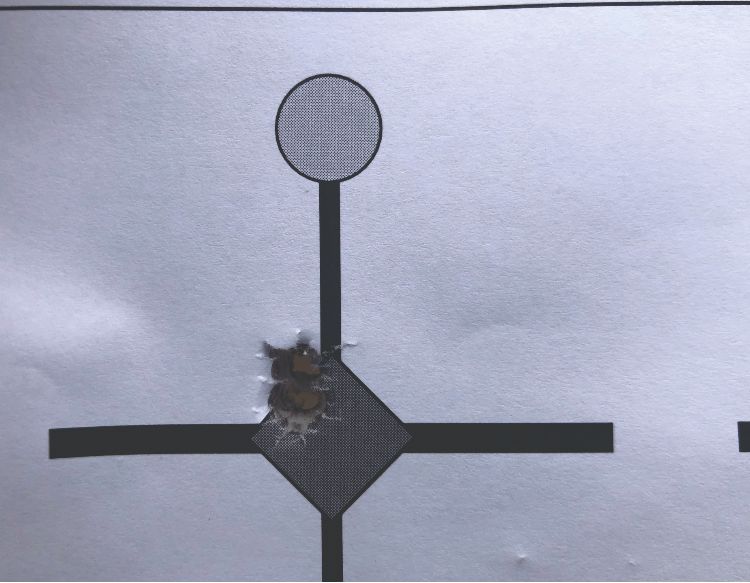
Availability is the primary consideration when picking factory ammunition, and with modern manufacturing the consistency is excellent in .223, .308 and 6.5mm Creedmoor. Unless you’ve been living under a rock for the past 10 years, you will have heard of the 6.5 Creedmoor. With an excellent selection of factory ammunition and reloading components, it’s a great choice for a first Open or Factory/Production division rifle (making it a worthy topic for a more in-depth discussion at a later date). As the division names suggest, an Open rifle is open to any choice of equipment or calibre and the Factory/Production division has certain restrictions in place. 6.5 Creedmoor was designed to be an efficient and inherently accurate rifle cartridge, which makes it a dream to home load. Seemingly every combination shoots excellently. Another key part of the design brief was that it had to work reliably in a standard AICS pattern magazine, using modern slippery high BC (Ballistic Co-Efficient) bullets. In basic terms, the higher a bullet’s BC, the more resistant it is to wind and the less it will drop during flight, which will increase hit probability and the shooter’s margin for error. Examples of common very-heavy-for-calibre, high-BC bullets for 6.5 Creedmoor are typically found in home loaders’ ammo wallets. Common choices include 150gr Sierra Matchking, 153gr Hornady A-Tip and 147gr Hornady ELD-M. With the high BC, muzzle velocity can be lowered, which means using less powder and having lower recoil. This allows the advantage of making splash easier to see, again increasing hit probability.
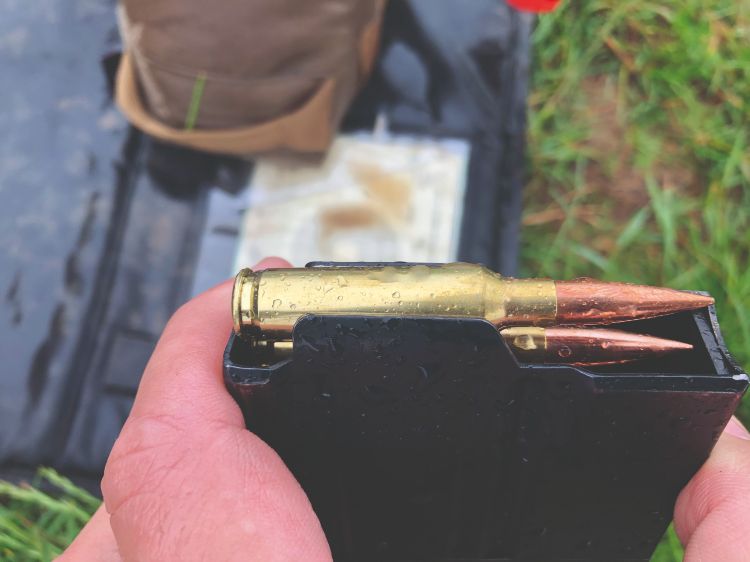
The 6.5 Creedmoor will also shoot exceptionally well with the heavy class of 6.5mm bullets. I’ve had great success personally with Nosler RDFs, both the 130gr and 140gr bullets, along with 142gr Sierra Matchkings, which are also favoured by other top shooters.
The 140gr Hornady ELD is probably the most common 6.5mm bullet in precision rifle shooting. As with all bullets in this class, it offers a great balance of BC and muzzle velocity, packaged up in an easy to shoot low recoiling package. This bullet weight class has a huge range of factory ammunition which is all good enough to win a match and has the added advantage of not needing time spent at the reloading bench!
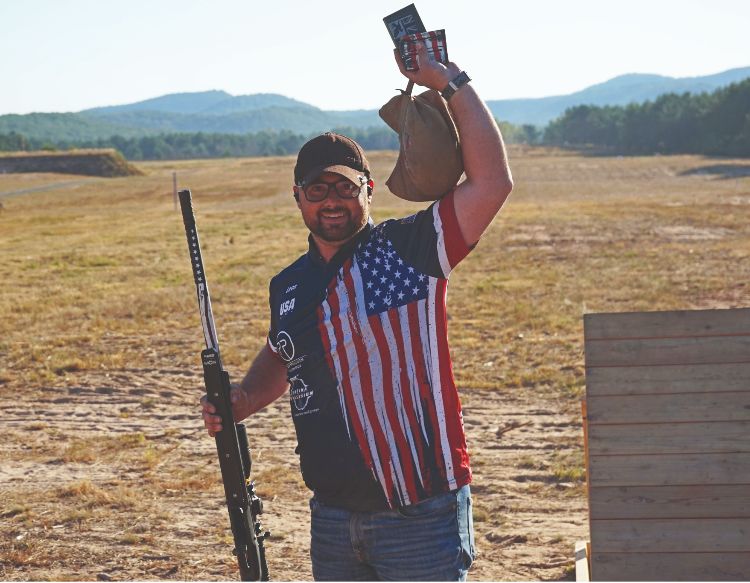
The last calibre I want to cover is the 6mm Creedmoor. Offering bullets with a comparable BC to its larger bore 6.5mm brother, the 6mm Creedmoor could well be the perfect choice. It has a slightly smaller range of factory ammunition though: Hornady 108gr ELD, and my favourite 6mm bullet the 115gr Nosler RDF, can be found in most gun shops. For the home loader, there’s a massive range of bullets to choose from, such as 110gr or 107gr Sierra Matchkings and 110gr Hornady A-Tip. Because it uses lighter bullets, the 6mm Creedmoor recoils slightly less than a 6.5. However, because it’s more overbore than a 6.5, they have the same case capacity which means the same amount of powder is burnt in a smaller bore, and the barrel life is considerably shorter.
Both Creedmoor cases offer home loaders a choice of either Large Rifle Primer (LRP) or Small Rifle Primer (SRP) cases, which each have their pros and cons. In theory, SRPs have a better tolerance for high pressure as less material is removed from the case head for the primer pocket. LRPs have a larger flame front so theoretically will ignite more reliably in colder temperatures. Not being one for splitting theoretical differences, I’ve always chosen the brass which matches up with whatever primers I have most available and have never been able to notice a difference in performance!
Images: Ryan Charlton
Related Articles
Get the latest news delivered direct to your door
Subscribe to Rifle Shooter
Elevate your shooting experience with a subscription to Rifle Shooter magazine, the UK’s premier publication for dedicated rifle enthusiasts.
Whether you’re a seasoned shot or new to the sport, Rifle Shooter delivers expert insights, in-depth gear reviews and invaluable techniques to enhance your skills. Each bi-monthly issue brings you the latest in deer stalking, foxing, long-range shooting, and international hunting adventures, all crafted by leading experts from Britain and around the world.
By subscribing, you’ll not only save on the retail price but also gain exclusive access to £2 million Public Liability Insurance, covering recreational and professional use of shotguns, rifles, and airguns.
Don’t miss out on the opportunity to join a community of passionate shooters and stay at the forefront of rifle technology and technique.



